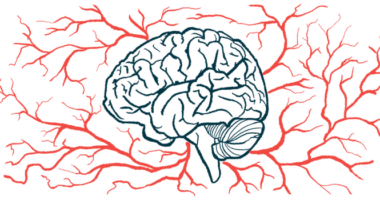FDA Boss Marvels at Possibility of Gene Editing Curing Sickle Cell Anemia

In his keynote speech at a University of Miami symposium recently, Robert M. Califf, the U.S. Food and Drug Administration (FDA) commissioner, marveled about how scientists soon may be able to simply replace disease-causing genes with healthy ones. Gene editing may transform the lives of patients affected with several diseases, including sickle cell anemia, he said.
Califf said that four years ago he would have called this vision science fiction, “but it turns out that we now have technologies that can do this,” the commissioner said. “We’ve gone from looking at the downstream products of what genes do and using genes to make a diagnosis, to actually being able to go in and to either delete a gene, insert a new gene in place of a gene that was there, or add a gene to the genome—and doing it very specifically with little molecular scissors,” he said.
The University of Miami’s “Improving Clinical Research in the Age of Precision Medicine” symposium was held at the University’s Bank United Center Sept. 14 -15. Topics discussed by participants included scientific, regulatory and ethical aspects of clinical studies, as well as quality assurance practices.

FDA Commissioner Robert M. Califf
Photo: UM News
FDA Commissioner Califf spoke to an audience of nearly 450 researchers, scientists and medical and healthcare professionals and specified that sickle cell disease, which affects nearly 300,000 newborns every year worldwide, was one illness that could be cured through gene editing.
“We have therapies that make it [sickle cell disease] better, but we don’t have a cure for it,” he said. “It looks like now we might be able to apply this technology.”
Researchers from Dana-Farber/Boston Children’s Cancer and Blood Disorders Center are working on doing just that. In a recent publication in the Journal of Clinical Investigation, the team reported that a genetically engineered virus could stem the production of an alternative form of hemoglobin, which reversed sickle cell disease symptoms in animal models. This discovery could be a step toward human clinical trials.
According to Califf, an MD who is a former professor of medicine at Duke University hand-picked by U.S. President Barack Obama to lead the FDA, recent developments in the field of genomics are only part of a wide array of weapons in an evolving arsenal to fight disease. Included in this arsenal, he claims, is the direct involvement of patients in the development of therapeutics, which also plays a key role.
Califf used electronic health records as an example of that involvement: “In the last 10 years we’ve gone from almost no electronic health records to every American having an electronic health record,” he said. “This gives us an incredible opportunity to use digital data in a way that was just not possible in the old system.”
The National Institutes of Health’s new Precision Medicine Initiative Cohort Program could spawn many changes in how diseases are treated. Announced by President Obama in 2015, the research effort is working to engage millions of U.S. residents to volunteer by contributing health data to accelerate a new age of data-based personalized, preventive care and medical treatment.
Califf’s comment on the field of genomics and its impact in the future of health care, was a highlight of his keynote speech: “We’re about to see some very dramatic changes in therapeutics related to genomics,” he said. “If health care professionals volunteer, it will send a message to everyone else that this is a good thing to do.”






